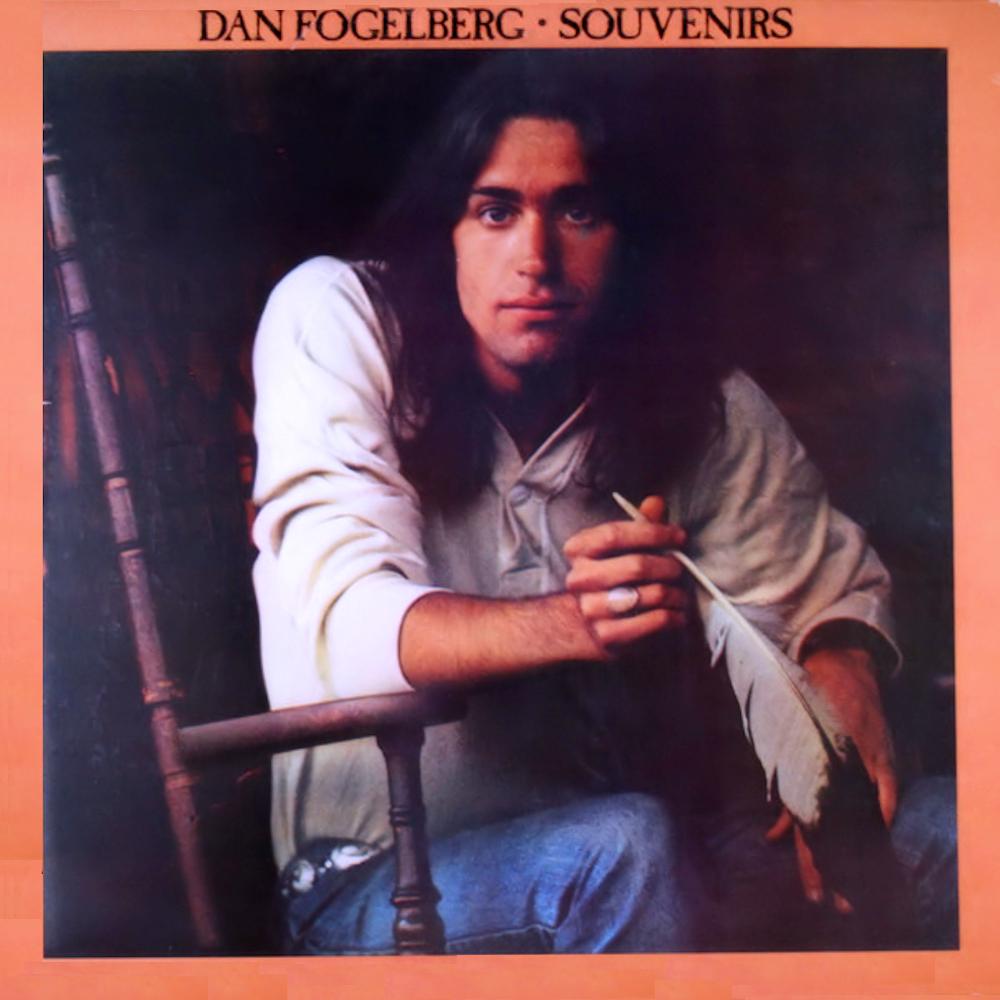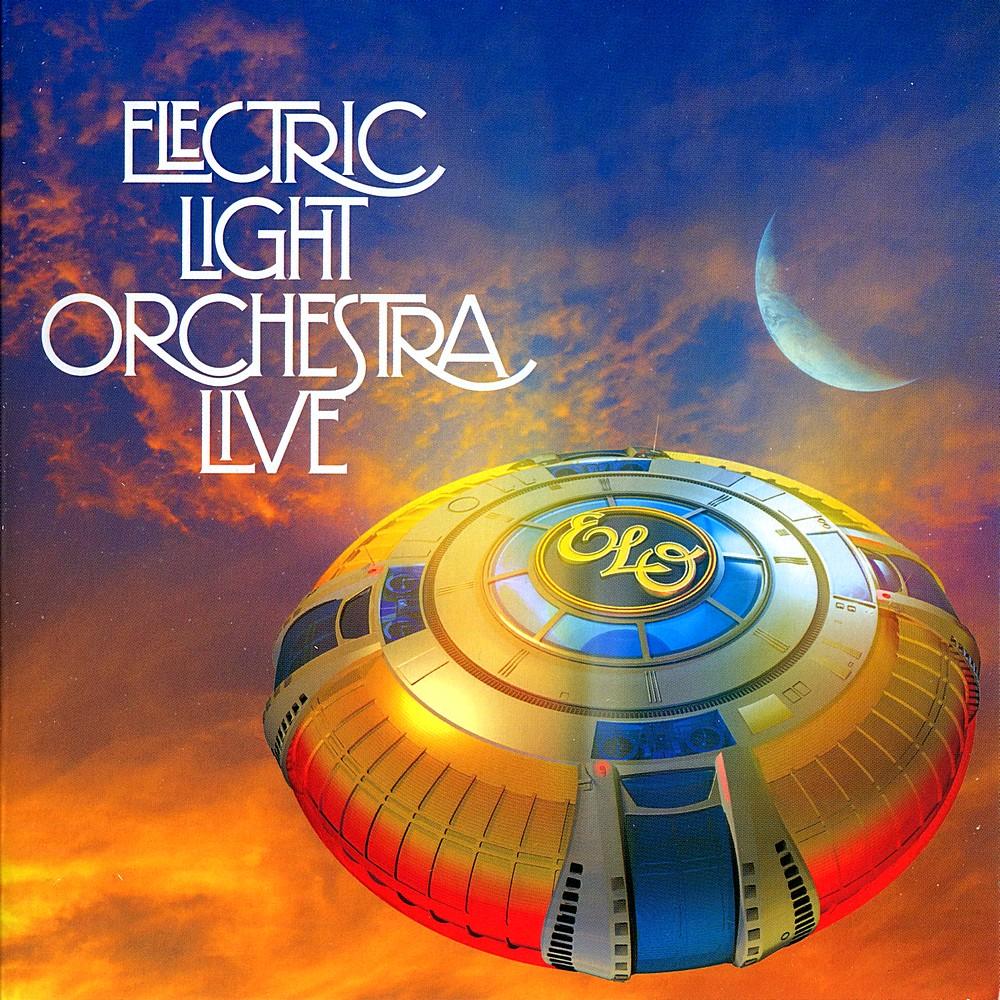
Album Information:
Album ID: 9944
About The Alan Parsons Project:
The Alan Parsons Project was a British progressive-rock band formed in 1975 by music producer and engineer Alan Parsons and songwriter Eric Woolfson. The project was known for its sophisticated, dramatic soundscapes, often featuring intricate harmonies and arrangements, and its conceptual albums that explored themes such as death, spirituality, and the human condition.
Alan Parsons had already established himself as an in-demand recording engineer and producer, having worked on albums by The Beatles, Pink Floyd, and Al Stewart, among others. Eric Woolfson was a songwriter and pianist who had written songs for artists such as Marianne Faithfull and Dave Berry. The two met while working on an album for Pilot, a Scottish pop-rock band, and decided to collaborate on a project combining their respective talents.
The Alan Parsons Project's first album, 'Tales of Mystery and Imagination,' was an adaptation of the works of Edgar Allan Poe. It was released in 1976 and received critical acclaim for its ambitious production and strong songwriting. The album included the hit single 'The Raven,' which showcased Parsons' skillful use of multitrack recording and guest vocalist Arthur Brown's theatrical vocal performance.
The second album, 'I Robot,' was released in 1977 and featured themes related to science-fiction and machines. It included the hit singles 'I Wouldn't Want to be Like You' and 'Don't Let it Show,' as well as the title track, a nine-minute instrumental piece that showcased Parsons' technical prowess as a producer and musician.
The Alan Parsons Project continued to release a string of successful albums throughout the 1970s and 1980s, including 'Pyramid' (1978), 'Eye in the Sky' (1982), and 'Ammonia Avenue' (1984). Many of their songs explored philosophical and existential themes, with Woolfson's lyrics often questioning the nature of reality and the human experience.
The band's lineup changed throughout their career, with Parsons and Woolfson serving as the core members and collaborating with various musicians and vocalists. The band's sound also evolved, incorporating elements of pop, jazz, and electronic music.
The Alan Parsons Project disbanded in 1990 after the release of their final album, 'Freudiana,' a musical based on the life and theories of Sigmund Freud. Parsons continued to work as a producer and engineer, while Woolfson pursued a career in musical theater. Woolfson passed away in 2009.
The Alan Parsons Project's legacy has endured, with their music being used in films, television shows, and commercials. Their unique blend of lush production, intellectual lyrics, and grandiose arrangements continue to resonate with fans today.
About the album I Robot:
'I Robot' is a concept album by The Alan Parsons Project, released in 1977. The album's theme is centered around the world of robots, artificial intelligence, the dangers of technology, and humanity's relationship with machines. The album includes nine tracks in total and is considered one of the most influential works of progressive rock of its era.
The album opens with an instrumental track called 'I Robot', which sets the stage for the futuristic theme of the album. The next track, 'I Wouldn't Want to be Like You,' is a catchy and upbeat song that explores the idea of the dangers associated with the increasing prevalence of machines in everyday life.
'Breakdown' and 'The Voice' are two tracks that closely examine the relationship between humans and machines, with the former exploring the idea of machines becoming our masters, and the latter reflecting on the ways in which technology can either amplify or suppress our voices.
The album's fifth song, 'Nucleus,' is an instrumental that serves to showcase the band's talents in creating sonic landscapes that capture the imagination of the listener.
Another standout track on 'I Robot' is 'Don't Let It Show,' a melancholic ballad that features the vocals of David Paton. The song deals with the human fear of vulnerability and the desire to hide behind technology and machinery.
The album's penultimate track, 'Day After Day (The Show Must Go On)' speaks to the resilience of humanity and our ability to persevere even in the most trying circumstances.
The final track on 'I Robot' is 'Total Eclipse,' a haunting instrumental that leaves a lasting impression on the listener. The track's almost ethereal qualities beautifully represent the hopes, fears, and possibilities that technology represents.
In conclusion, 'I Robot' by The Alan Parsons Project is one of the most audacious and innovative works of progressive rock of the 1970s. Its inspired fusion of lush symphonic arrangements, electronica, and rock is masterfully executed, providing a rich sonic tapestry that is both thought-provoking and exhilarating. The album's enduring legacy is a testament to Parsons' and Eric Woolfson's vision to create an album that explores humanity's relationship with technology in a brilliantly imaginative way.
Members:
The Alan Parsons Project was a British progressive rock band formed in 1975. Although the band had a fluctuating roster, the key members of The Alan Parsons Project were:
1. Alan Parsons - Founding Member, Producer, and Engineer
Alan Parsons was born on December 20, 1948, in London, England. He began his music career as an assistant engineer at Abbey Road Studios, where he worked on The Beatles' final two albums, 'Abbey Road' and 'Let It Be.' He later became a full-time engineer and producer and worked with several artists, including Pink Floyd, The Hollies, and Al Stewart. Parsons formed The Alan Parsons Project with Eric Woolfson in 1975 and produced and engineered all of the band's albums. Parsons left the band in 1990 to focus on his solo career.
2. Eric Woolfson - Founding Member, Composer, and Keyboardist
Eric Woolfson was born on March 18, 1945, in Glasgow, Scotland. He began his career as a songwriter and producer, working with artists such as Marianne Faithfull and The Tremeloes. Woolfson teamed up with Alan Parsons in 1975 to form The Alan Parsons Project, and he served as the band's primary composer and keyboardist. Woolfson left the band in 1990 to pursue a career in musical theatre and wrote the music and lyrics for the hit musical 'The Phantom of the Opera.' Woolfson passed away on December 2, 2009.
3. Ian Bairnson - Guitarist
Ian Bairnson was born on August 3, 1953, in Lerwick, Scotland. He began his music career as a session musician and played on several albums, including Kate Bush's 'The Kick Inside' and Al Stewart's 'Year of the Cat.' Bairnson joined The Alan Parsons Project in 1978 and played guitar on several of the band's albums, including 'Eye in the Sky' and 'Ammonia Avenue.' He also contributed to some of the band's hit singles, such as 'Games People Play' and 'Eye in the Sky.'
4. Stuart Elliott - Drummer and Percussionist
Stuart Elliott was born on September 22, 1954, in Edinburgh, Scotland. He began his music career as a session drummer and played on several albums, including Al Stewart's 'Year of the Cat' and Cockney Rebel's 'The Psychomodo.' Elliott joined The Alan Parsons Project in 1979 and played drums and percussion on several of the band's albums, including 'Eye in the Sky' and 'Vulture Culture.' He also contributed to some of the band's hit singles, such as 'Eye in the Sky' and 'Don't Let It Show.'
5. David Paton - Bassist and Guitarist
David Paton was born on October 29, 1949, in Edinburgh, Scotland. He began his music career as a session musician and played on several albums, including Elton John's 'Tumbleweed Connection' and Kate Bush's 'Lionheart.' Paton joined The Alan Parsons Project in 1976 and played bass and guitar on several of the band's albums, including 'I Robot' and 'Pyramid.' He also contributed to some of the band's hit singles, such as 'Don't Let It Show' and 'Time.'
Track List for I Robot:
1. 'I Robot' (Instrumental) - 6:02
This track is the album's title track. The instrumental piece features a haunting melody with electronic sounds and a progressive rock style.
2. 'I Wouldn't Want to Be Like You' - 3:22
This track is the album's lead single, a rock song with a catchy synth-driven melody and a driving beat. The vocals are provided by Lenny Zakatek and the lyrics deal with the theme of conformity.
3. 'Some Other Time' - 4:06
This track is a mellow ballad that features acoustic guitar and a soft vocal performance by Peter Straker. The song's lyrics tell the story of a relationship that has ended.
4. 'Breakdown' - 3:50
This track features a rocking guitar riff and a pulsating beat. The lyrics tackle the theme of breakdowns in society and politics.
5. 'Don't Let It Show' - 4:24
This track is a slow ballad that features a beautiful piano melody and the haunting vocals of Dave Townsend. The song's lyrics deal with the theme of hiding emotions.
6. 'The Voice' - 5:24
This track features a driving beat and a memorable chorus. The song's lyrics deal with the theme of pursuing one's own dreams and desires.
7. 'Nucleus' (Instrumental) - 3:35
This track is an instrumental piece that features electronic sounds and a spacey atmosphere. The music gradually builds in intensity.
8. 'Day After Day (The Show Must Go On)' - 3:49
This track features a catchy melody and a driving beat. The lyrics deal with the theme of perseverance in the face of adversity.
9. 'Total Eclipse' - 3:09
This track is an instrumental piece that features a delicate piano melody and a haunting atmosphere. The music gradually builds in intensity.
10. 'Genesis Ch.1 v.32' (Instrumental) - 3:36
This track is an instrumental piece that features electronic sounds and a spacey atmosphere. The music gradually builds in intensity.
Overall, I Robot is an album that showcases The Alan Parsons Project's ability to combine rock music with electronic and orchestral elements to create a unique sound. The album's lyrics deal with themes of conformity, perseverance, and the human condition.
Discography for The Alan Parsons Project:
Here is a complete discography for The Alan Parsons Project in chronological order, including all albums, all singles, and all other releases with their respective release dates:
Albums:
- Tales of Mystery and Imagination (1976)
- I Robot (1977)
- Pyramid (1978)
- Eve (1979)
- The Turn of a Friendly Card (1980)
- Eye in the Sky (1982)
- Ammonia Avenue (1984)
- Vulture Culture (1985)
- Stereotomy (1986)
- Gaudi (1987)
Singles:
- 'I Wouldn't Want to Be Like You' (1977)
- 'Games People Play' (1980)
- 'Time' (1981)
- 'Eye in the Sky' (1982)
- 'Psychobabble' (1982)
- 'You Don't Believe' (1983)
- 'Don't Let It Show' (1983)
- 'Let's Talk About Me' (1985)
- 'Days Are Numbers (The Traveller)' (1985)
- 'Stereotomy' (1986)
- 'Standing on Higher Ground' (1987)
Other releases:
- The Sicilian Defence (EP) (1979)
- The Alan Parsons Project Video EP (VHS) (1983)
- The Best of The Alan Parsons Project (compilation) (1983)
- The Instrumental Works (compilation) (1988)
- The Definitive Collection (compilation) (1997)
- The Ultimate Collection (compilation) (2004)
- The Complete Albums Collection (box set) (2014)


 Last Played: 11/01/24 10:34 AM
Last Played: 11/01/24 10:34 AM Last Played: 11/01/24 10:30 AM
Last Played: 11/01/24 10:30 AM